|
|
Ophiucus, the 13th Sign?
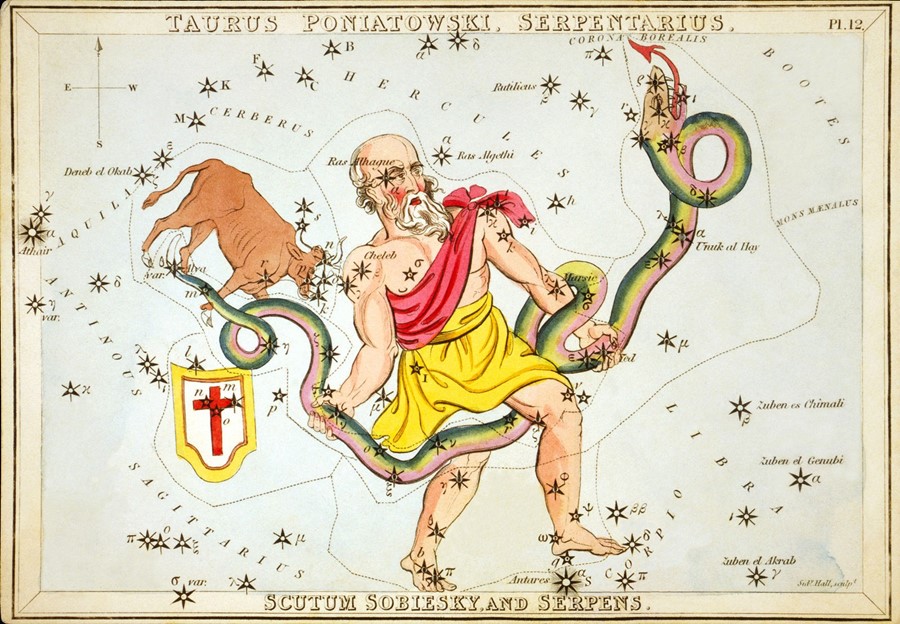
Living on a ball of rock which is spinning at unimaginable speed, we like to cling on to what certainties we can. There are seven days in a week. There are 24 hours in a day. And there are 12 signs of the zodiac. But as someone who spends their time studying astrology, one thing I know for sure is that there are very few constants in our ever-changing universe.
So when stories emerged this week of a 13th star sign, I wasn't shocked; but intrigued. Where had this story come from? Does it mean that we need to recalibrate the sky? Have the heavens been turned upside down? Thankfully, it's nothing quite so dramatic!
The source is an impressive one - none other than NASA, the US space agency; these are scientists who not only study the universe but also break the bounds of the Earth to explore the depths of the universe. However, it wasn't one of their astronauts who chanced upon a whole new constellation while zipping up to the International Space Station. Instead one of their cosmologists 'discovered' a 13th constellation, Ophiuchus, aka the Snake Bearer, supposedly a new sign for people born between November 29 and December 17. Although 'rediscovered' is a truer word. It was the Babylonians who should get credit for originally spotting Ophiuchus about 3,000 years ago, along with the 12 constellations we know so well.
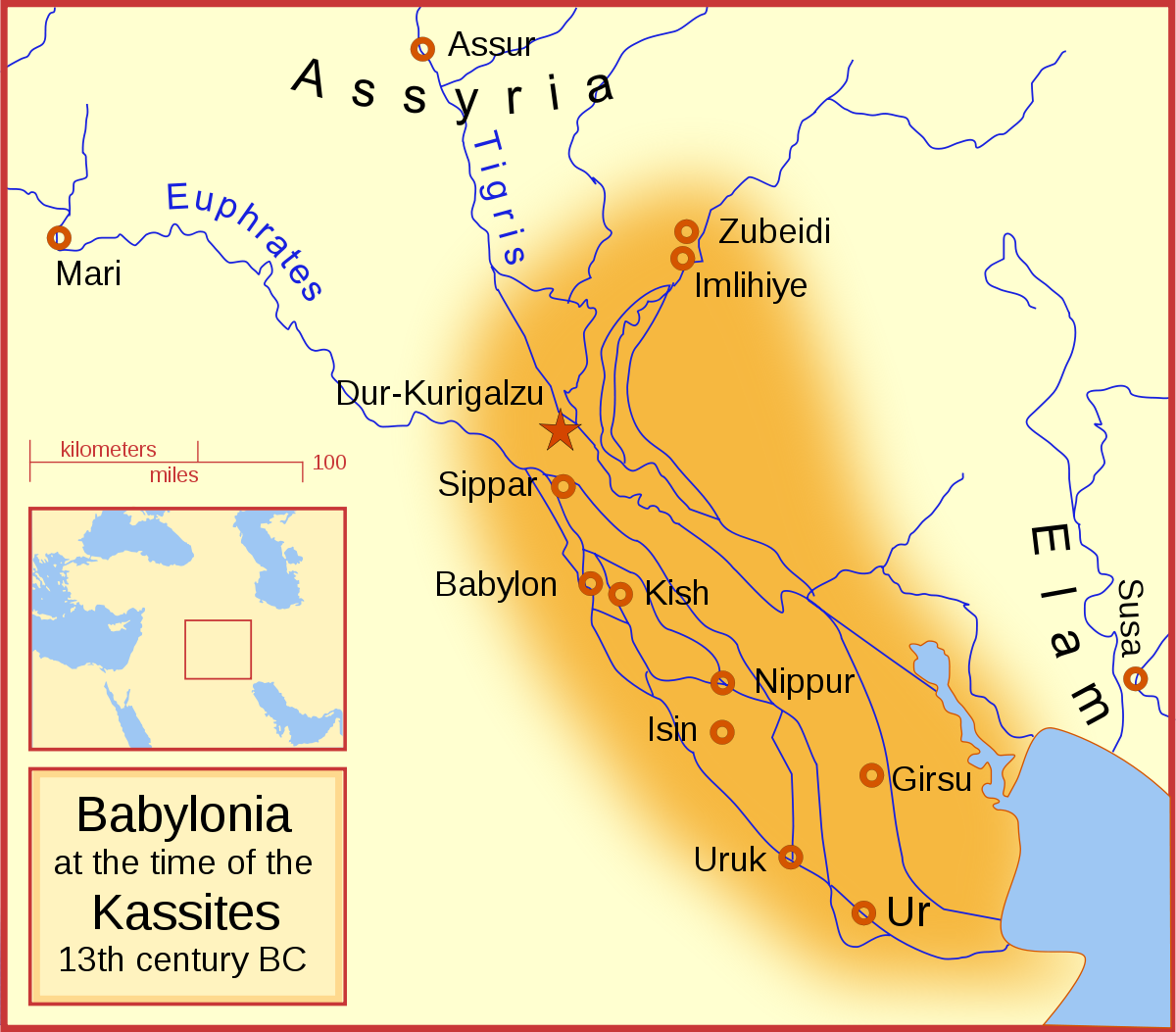
As the NASA article says, the Babylonians 'divided the zodiac into 12 equal parts - like cutting a pizza into 12 equal slices'. Each 30-degree slice of the 360-degree path of the sun was given its own star sign, to match the Babylonians' own 12-month calendar, based on the Moon's phases. So the 13th, Ophiuchus, got conveniently left out. And now it's back! Well, sort of.
So if the constellation of the Ophiuchus the Snake Bearer exists, and has done since the dawn of astrology, isn't it time for us to squeeze it into the forecasts? No! There will be 12 signs in your forecast tomorrow, and next week, and next year - as there has always been. And to explain why we have to draw a distinction between a constellation and a sign.
My predecessors always knew that the signs and constellations would drift ever further apart over time. That's why we have never used the constellations for our predictive work. They're both unreliable and unequal. There are arguments over where they each begin and end. Plus, over time, they change. Astrologers needed a different, more reliable way to measure the sky so we created twelve, exactly equal, mathematical divisions of the ecliptic. As the ecliptic is the path that the sun appears to follow through the sky, with the constellations behind it, we named each of our signs after one of those constellations.
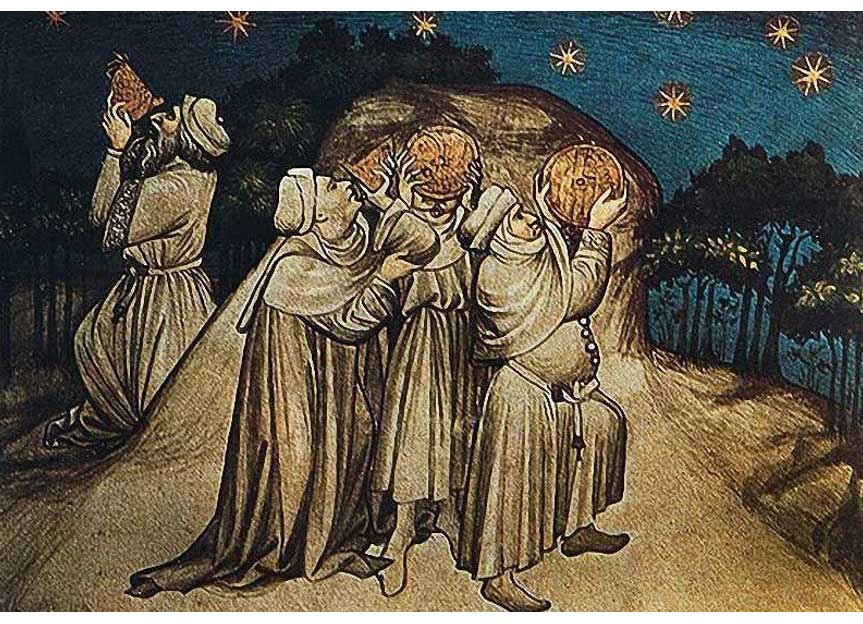 For daily prediction purposes, what matters to modern-day astrologers remain the twelve divisions of the zodiac that we know and love. That is not to say that Ophiuchus has no place; it might help add colour and depth to a detailed personal chart reading. But astrology readings in newspapers and magazines focus on the major influences and the biggest events, such as eclipses, full and new moons, conjunctions of planets and rare comets. There simply aren't enough pages in any newspaper to analyse the symbolism of every planet or constellation in relation to every individual's birth sign. Indeed, a typical chart profile for one person usually runs to a minimum of 80-100 pages.
For daily prediction purposes, what matters to modern-day astrologers remain the twelve divisions of the zodiac that we know and love. That is not to say that Ophiuchus has no place; it might help add colour and depth to a detailed personal chart reading. But astrology readings in newspapers and magazines focus on the major influences and the biggest events, such as eclipses, full and new moons, conjunctions of planets and rare comets. There simply aren't enough pages in any newspaper to analyse the symbolism of every planet or constellation in relation to every individual's birth sign. Indeed, a typical chart profile for one person usually runs to a minimum of 80-100 pages.
To the ancient Greeks, and the Babylonians before them, there was no separation between astronomy and astrology. The two subjects were one. In studying the sky, you would automatically read symbolic meaning into it. You needed to study the sky to a high standard because you needed to make the best possible predictions. Actually, this didn't change until surprisingly recently; the latter half of the 18th century, in fact. The great names in modern astronomy, like Galileo, Kepler, Copernicus and even Newton were just as interested in mystic interpretations as in measuring planetary orbits.
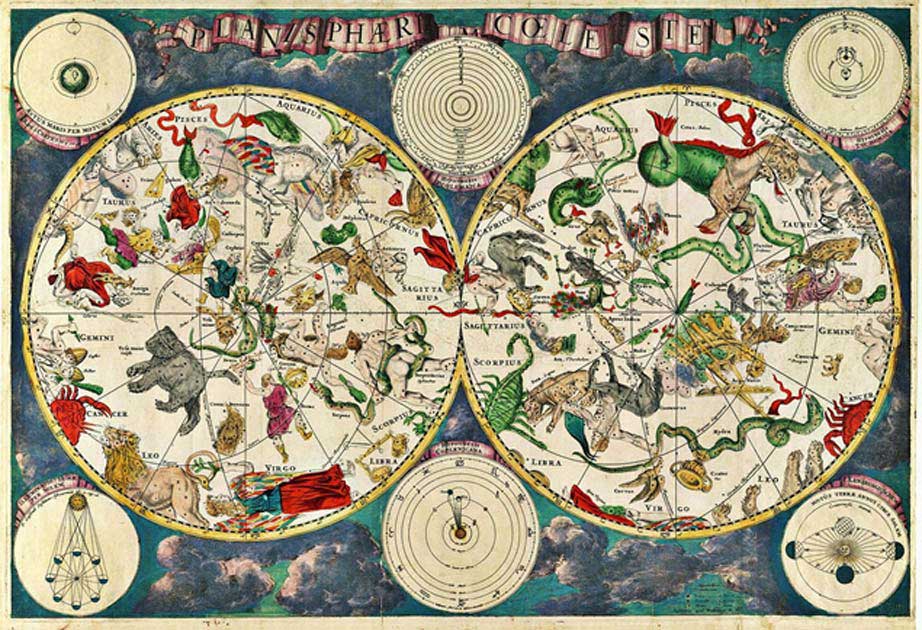
These great astronomers knew perfectly well about the 'two different zodiacs'. They fully understood that you did your astrology with the mathematically equal divisions and that the constellations were for decorative purposes only. They also knew, perfectly well, that those constellations didn't match up with the equal zodiac signs. The 'drift' had begun to happen long before. But sometimes our modern astronomers overlook these crucial distinctions. The history gets forgotten and the zodiac signs and the constellations are suddenly mixed up together, and even the incredibly smart boffins at NASA get confused about the difference.
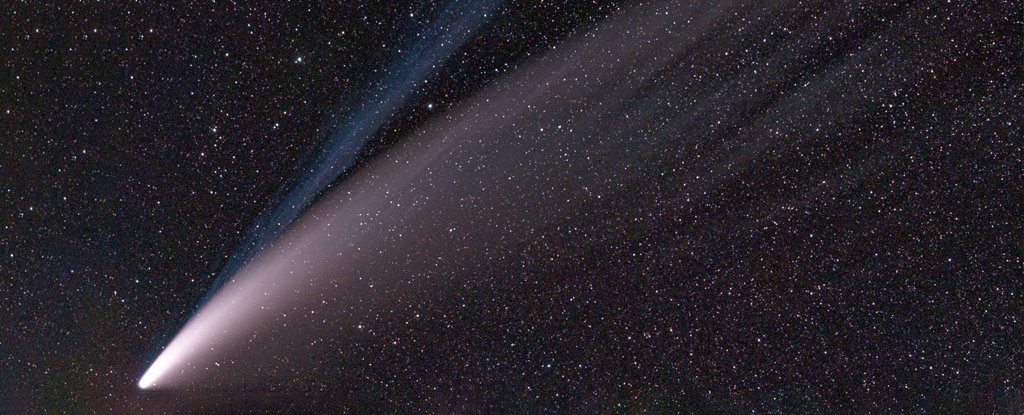
Why has this strange confusion appeared precisely now? Well, the skies, as always, have an answer - in the form of Comet Neowise. Spotted back in March, when we went into lockdown, this is one of the few comets that can be seen with the naked eye. It's defying expectations by growing brighter as it prepares for its closest run by Earth on 23 July. Over the centuries, comets have been seen as harbingers of doom. That's partly because their appearance is a surprise, unlike the cyclical nature of the planets. In fact, comets often signify periods of dramatic realignment of political and financial patterns - which is why I like to think of this one as the Covid Comet!
Its sudden dramatic appearance might encourage more of us to look towards the heavens to seek insight into these strange times... and, with our attention drawn to a certain snake bearer, the message from the skies offers a hidden mantra. As long as we choose to focus on the positive we really can work to build a bright, new future.
|
|
|
|
|
